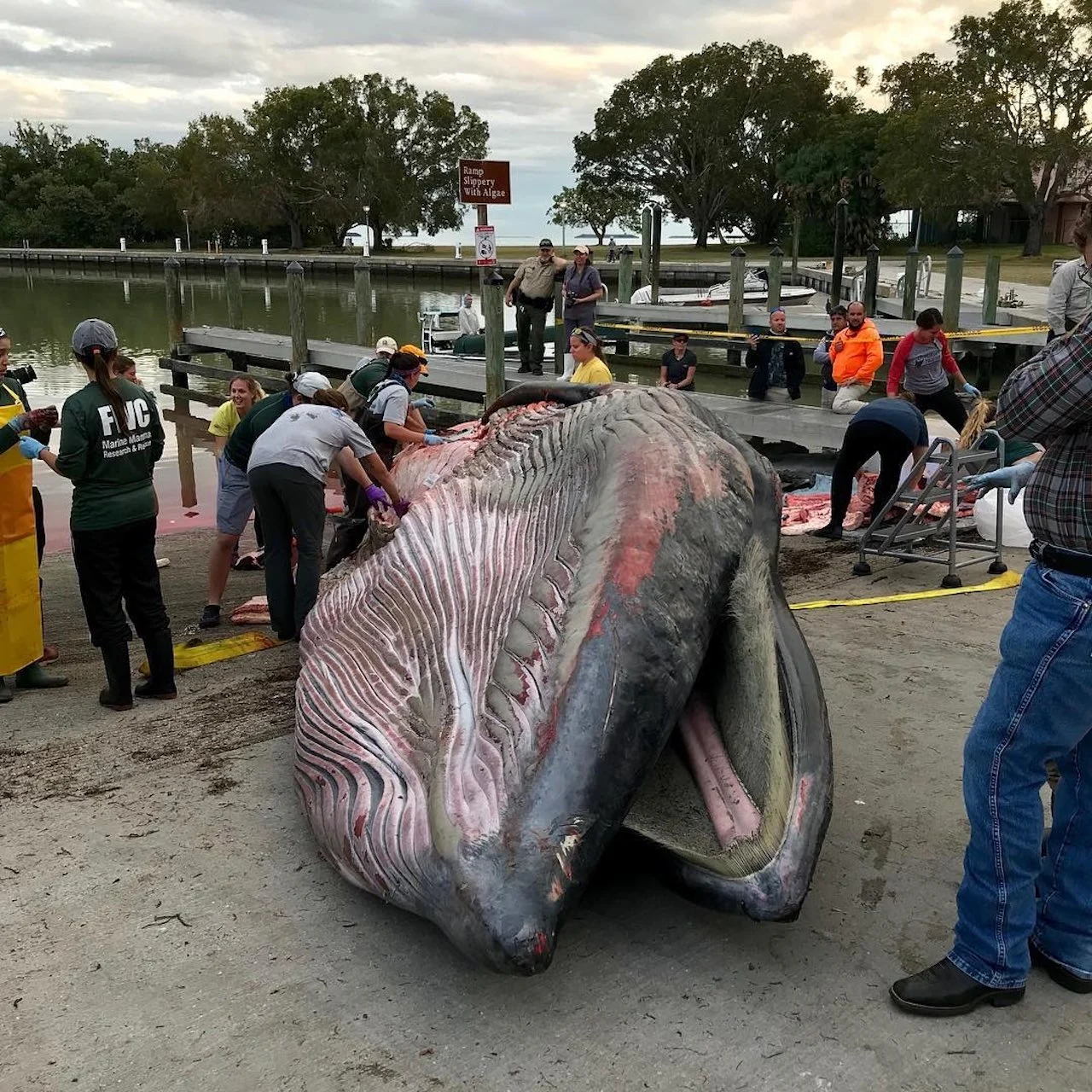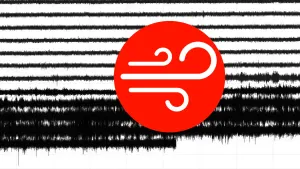
New whale species identified is considered critically endangered
Currently there are less than 100 of the Rice's whales remaining -- making them critically endangered.
Scientists have uncovered a new species of an endangered baleen whale that was previously misidentified.
Found in the Gulf of Mexico, the Rice’s whale, which can grow up to 12.80 metres and weigh up to 27.21 tonnes, was previously thought to be a Bryde’s whale (pronounced “broodus"), before a recent study verified the new species.
SEE ALSO: Whale skeleton thousands of years old may hold climate change clues
The whale's moniker is named after American biologist Dale Rice, who had a 60-year career in marine mammal science.

In January 2019, a deceased 38-foot Bryde’s-like whale was found in Florida Bay. It was reported recently by scientists that a small group of whales in the Gulf of Mexico, thought to be the previously classified Bryde's whales, are actually a new species -- Rice's whale. Photo: National Park Service (NPS).
The study's lead author, NOAA Fisheries scientist Dr. Patricia Rosel, offered the first morphological examination of a fully intact skull from the whales. She identified diagnostic characteristics that stood out from the other closely-related baleen whale species.
It was found that it wasn't a Bryde’s whale because of morphological differences found in the skull and opposing genetic data, coming to the conclusion that it was an entirely new species.
According to NOAA, among the biggest threats to the species are vessel strikes, ocean noise, energy exploration, development and production, oil spills and responses, entanglement in fishing gear, and ocean debris.

NOAA's Dr. Patricia Rosel examines a Rice's whale-type specimen at the Smithsonian’s National Museum of Natural History. Photo: NOAA.
The Rice's whale still keeps its protected status under the Endangered Species Act, previously named as Bryde's whale as an endangered subspecies in the Gulf of Mexico. It is also protected under the Marine Mammal Protection Act. There are currently less than 100 of these whales left, and are considered to be critically endangered.
If the name Rice’s whale is a formal acceptance by the Society for Marine Mammalogy Committee on Taxonomy, NOAA Fisheries will move forward with a regulatory process to update the name listed in the endangered species listing.
While little is known about their life expectancy, species that are closely related reach sexual maturity at nine years old and can live to about 60.
Sources: NOAA| CTV | Marine Mammal Science
Thumbnail courtesy of National Public Service (NPS).










